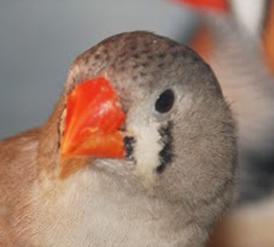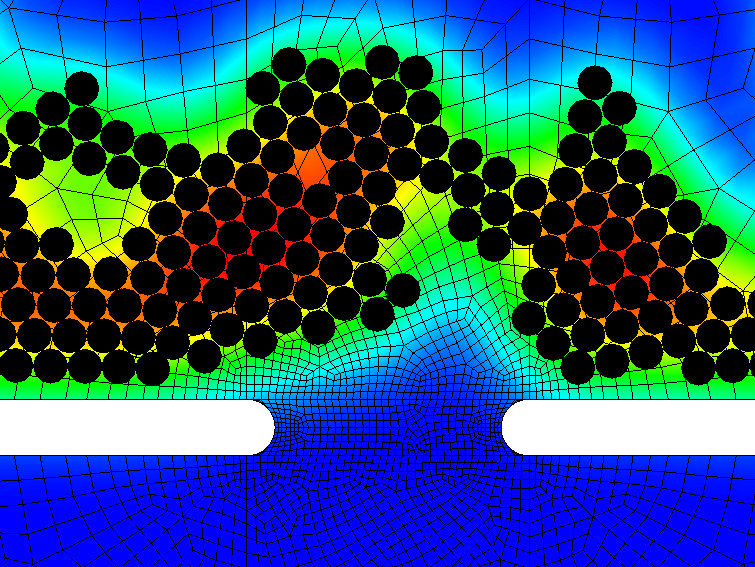
Patrick S. Eastham, Ph.D.
Postdoctoral Fellow
Birdsong Research Group
Florida State University

Electrophysiology and Modeling of HVC neuronsMy current research is focused on electrophysiological characterization and modeling of HVC neurons in the brain of female Zebra Finches (pictured right). Zebra finches are special as birdsongs in that only males sing, while females only listen. Male zebra finches have been studied extensively, but females have not. Learning the differences in intrinsic neuronal properties between these two groups will aid our understanding of learning and memory at the neuronal and systems level. |
 |
|||||
Applications of Multiphase Fluid ModelsMy dissertation focused on using multiphase fluid models to assist and facilitate experiments. One large benefit of using this formulation, as opposed to others, is that structures can be generated dynamically. There are several applications that I am looking into, including chemically-generated membranes, biofilms, and ultrasound-induced drug delivery. |
 |
|||||
Sinkhole Formation and CollapseIn a collaboration with Matt McCurdy, we are developing a numerical package to simulate wet granular material with the eventual goal of simulation sinkhole formation and collapse. We take a multiphase approach where a fluid phase and porous media phase (wet sand) interact. The fluid simulation is done with a Finite Element method, while the sand is simulated using discrete particles due to ambiguity in the literature for wet sand's constitutive law. |
 |
|||||
Squirmer Performance in Fluids with Nutrient-Dependent ViscosityThere are many results in the literature dealing with bacteria locomotion. One area not looked at, however, is how ciliated swimming dynamics are affected by variable-viscosity fluids. This has important consequences for flows whose viscosity is derived from quantities that change in time, such as nutrient-dependent viscosity. This is a collaboration with Kourosh Shoele. |
 |
|||||
|
Last revised on 10 August 2020. | ||||||